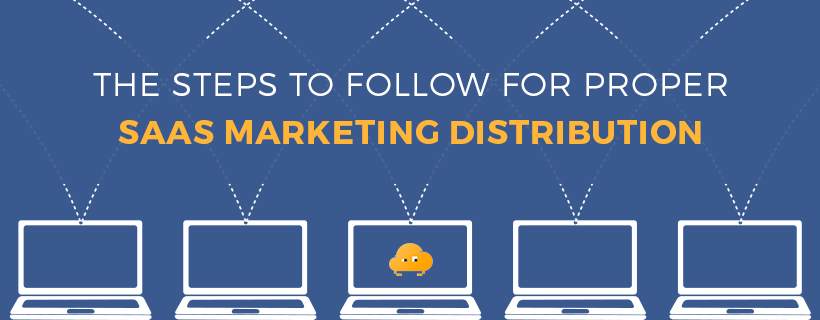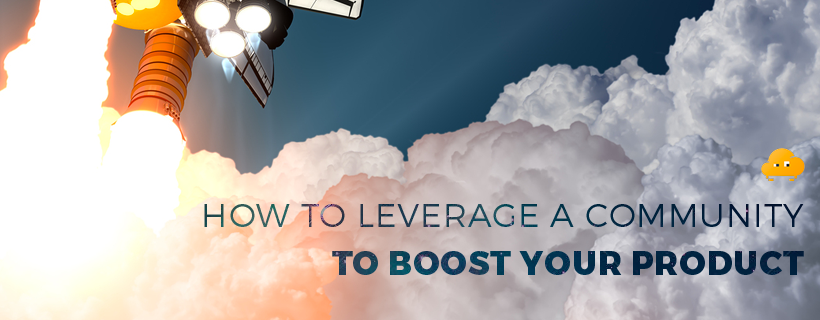We talked with Gabor Koncz, CEO of Automizy and Viktor Egri, CMO of Automizy to get a better understanding of how the company started, where it’s headed, and more info on how they are incorporating artificial intelligence into their marketing automation platform.
Describe your product in 100 words or less.
Automizy is designed for SaaS applications to automate their email communication with their prospects and users to save time and grow rapidly.
Marketers can easily automate emails based on users’ in-app activities or how prospects engage with marketing emails.
This solution provides an intuitive, visual drip campaign editor for automation and highly targetable bulk email sending feature with in-depth statistics.
Automizy gives SaaS companies a head start by developing smart features like drip campaign optimization that will automatically improve the conversion rate of drip campaigns.
How did you end up starting Automizy and what is your driving purpose behind its growth?
The core team of Automizy started Protopmail email marketing SaaS 10+ years ago. Protopmail currently serves the most of Fortune 500 companies in Hungary. I’m an email marketing and marketing automation consultant at some of these big companies.
In 2015 the core team was looking for further challenges because the market was small for the company. We created a spin-off project called Automizy.
The initial idea was this: We believe that marketing automation will be the next big thing related to email marketing where our team had experience. There were plenty of high-end marketing automation tools, but only a very small number of companies used them, because without having a black belt marketing rock star there is no chance to use them. So we decided to create a simple MA tool for the rest of the world: The world’s easiest marketing automation platform.
And we did a lot of customer development, coding, customer development, coding, customer development, coding over and over and over again… Then we pivoted and Automizy became more specific: The only marketing automation solution built especially for SaaS companies.
This pivot was an easy decision after tons of customer development: we just have to teach the process how we became the market leader in our country with an SaaS and we have to develop a specific tool that will help our customers to build such a successful business as we did.
We strongly believe that there is no secret to the success, but a price: An overnight success takes 5 years of hard working. In addition, we believe in simplicity, smart solutions and especially in startups.
What is something interesting about you or Automizy most people don’t know?
We just released our artificial intelligence aided optimization feature that helps marketers do high volume of A/B/N testing in their drip campaigns. Why?
As Tim Chard, marketing director of AdEspresso said about it:
”So much of what marketers do in automation workflows is a slight step up from manual labor – it’s “clicking”. And this “clicking” could save us all a ton of time if it was replaced by smarter AI. Clicking the “winner” in an A/B test. Clicking on a set of dates to test. Clicking on a “pop up” or a “slide in”. I want AI to take away all my clicking for me, and handle all the testing that goes along with it.”
Artificial Intelligence has lots of applications in martech but in this special case it performs the repetitive, manual tasks of continuous optimization in drip campaigns. Less click and more time for creative tasks for marketers.
So how does it work?
As a first step, you can set up conversion goals for every drip campaign you have. You can choose events like form submission, any in-app activity, email open or click. As a result, Automizy will be able to automatically stop a contact on a drip campaign when the conversion goal is reached (if you decide). No If/Else condition is needed that complicates your job.
Based on this approach, we just released a drip campaign optimization feature too (still in closed beta). You can easily set up A/B/N tests for your emails in a drip campaign. Our algorithm will continuously test and learn which the better performing email version is (based on the goal you set previously). Not only it tests emails separately but will optimize the whole workflow for higher conversion rate by sending the better performing chain of emails.
Douglass Karr from Marketing TechBlog tweeted this to our question on how artificial intelligence could be used in marketing automation: “Most marketers test manually… imagine several iterations automatically populating and optimizing in real-time. Exciting stuff!”
While other tools on the market require manual intervention from you to track your AB tests, change the sending weights, interpret data – Automizy does all of this automatically by harnessing the power of Mizy (the name of our multi-armed bandit algorithm). Set up your email variations and Mizy will automatically do the optimization part for you!
What are 3 blogs you follow and why?
- Sixteen Ventures
Lincoln Murphy has a tremendous knowledge on the growth of a SaaS business. He doesn’t complicate the picture with vague ideas but always focuses on the most important metrics and questions. I think everyone should read his blog to build a growth engine. - GrooveHQ
I don’t think I need to introduce GrooveHQ and their fantastic content marketing journey. They not only provide awesome, actionable information but they do it in a very special, unique way: they share their own story. What to expect: hard data, easy-to-consume and valuable contents, actionable insights. - Unbounce
Unbounce blog is generally a great place to go and gather insights. But what I truly like is their Landing Page Example category. Not only you will see how other companies do lead generation with landing pages but you will also see what the mistakes they make!
Name 1 thing that has worked really well for Automizy in acquiring new customers.
We wrote a guide on product marketing that has 10k+ words.
Firstly we wanted to share it as an ebook on an Unbounce landing page that asks for contact information in return. But then we decided to try another way: we just posted it on our blog page and offered the possibility to downloaded it as a pdf if someone preferred to save it for later.
Not only our landing page has 60.19% conversion rate but it generated high-quality leads and (with a little email nurturing) users too. And brought in new customers too in the end of the day.
It’s because we let people decide whether they want to give us their contact information or not. We gave value to people who were not at the right decision stage – because they could read it without downloading anything. The other set of people were highly engaged prospects who were actually looking for some kind of solution.
Name 1 thing that you tried with Automizy but soon noticed it did not turn out the way you expected. What has not worked out so far in regards to sales and/or marketing?
Boosting facebook posts was a complete fail. It was expensive and did not bring the results we were looking for: few blog page visitors, few leads and no users at all.
Our reach was very low and people didn’t respond as we expected. We had likes on the posts but only a small percent of people actually went to our blog page.
We don’t know yet what was the problem: the targeting, the creative, our message… or maybe the channel itself is not a good fit.
Is Automizy Bootstrapped or Funded? What made you make this decision?
Bootstrapped. As a founder and CEO in the first phase of scaling, I plan to invest most of my personal savings to Automizy. We will first time think about raising money from VCs just after that, in the high growing phase. I’m really not against VCs, I just think that more than enough money on our bank account could make us lazy. The pressure that we have to make money from customers strictly hold us on track. We have no time to waste or develop features that nobody would pay for.
We already got some request for discussion from various European VCs, but we refused all of them: it would be too early to raise money in this phase.
What are your future goals or plans for Automizy?
In short term the main goal is to reach the real product/market fit and $50K MRR. In the long run our main goal is to become the world’s #1 marketing automation tool for SaaS companies.



